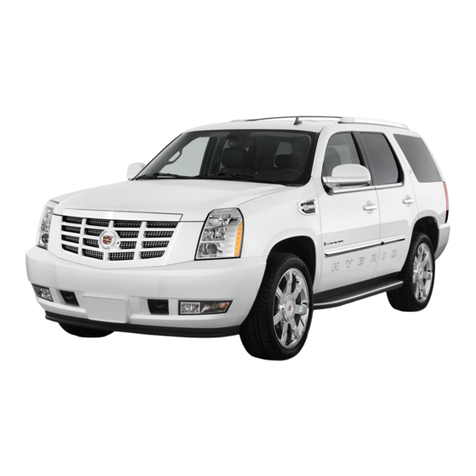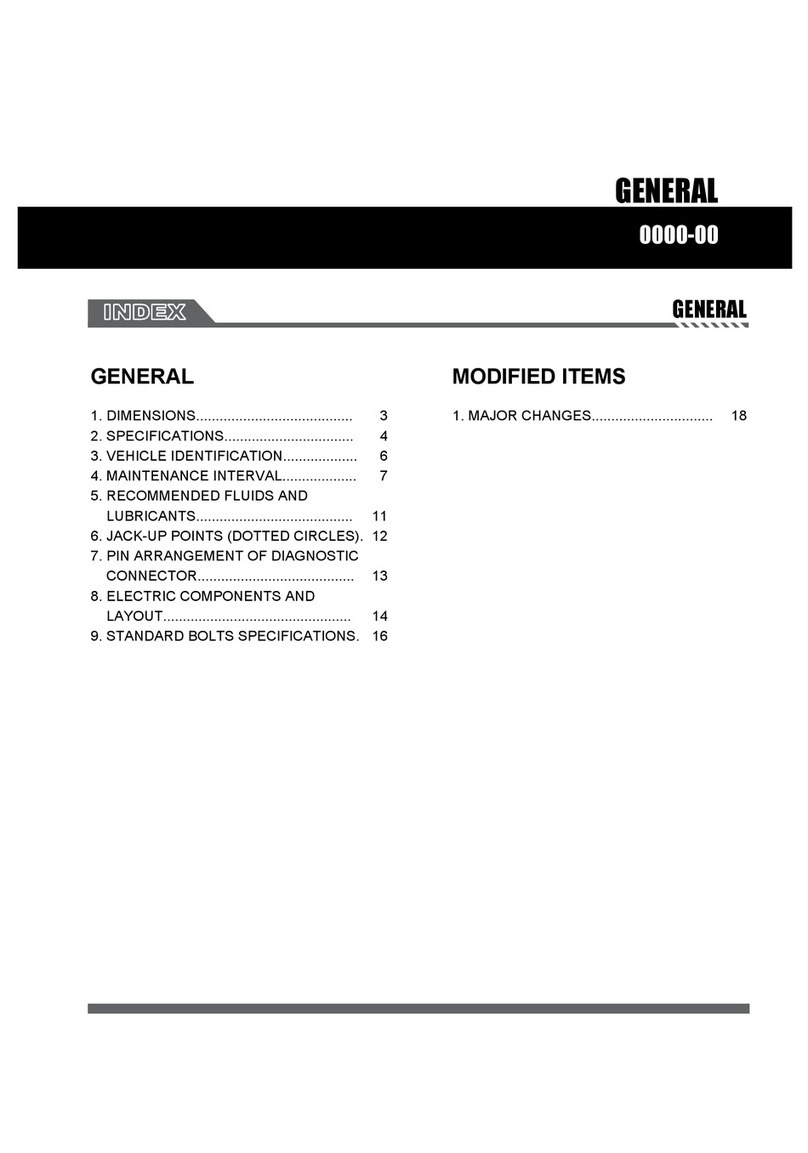GMC SIERRA 1997 User manual
Other GMC Automobile manuals

GMC
GMC Express 2011 User manual

GMC
GMC SIERRA 2019 Assembly instructions
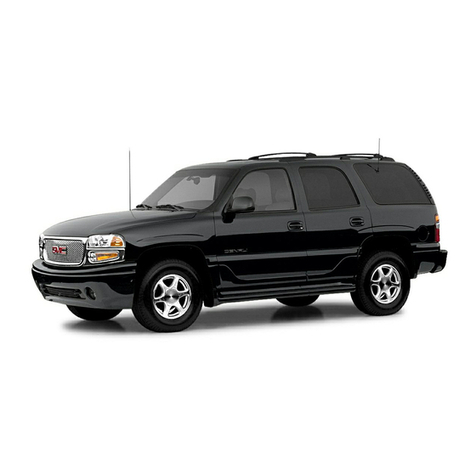
GMC
GMC 2004 YUKON DENALI User manual

GMC
GMC 2012 GMC Savana Manual
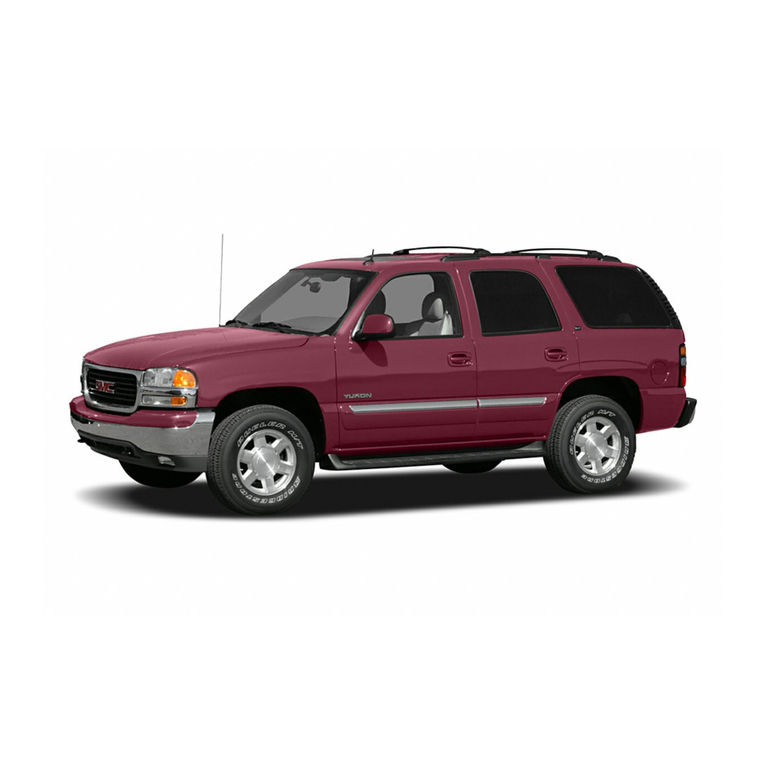
GMC
GMC 2005 Yukon Denali User manual

GMC
GMC 2000 Sonoma User manual
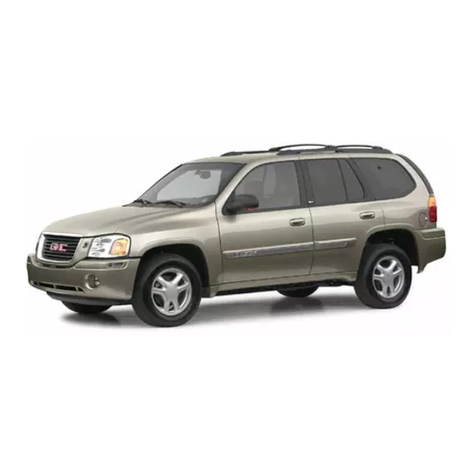
GMC
GMC 2002 Envoy Use and care manual
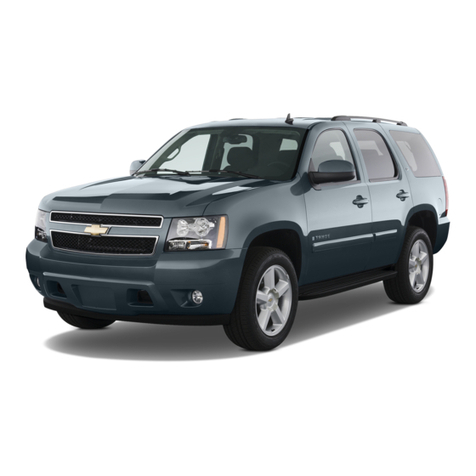
GMC
GMC Chevrolet Tahoe 2011 User manual

GMC
GMC 1994 Sonoma User manual
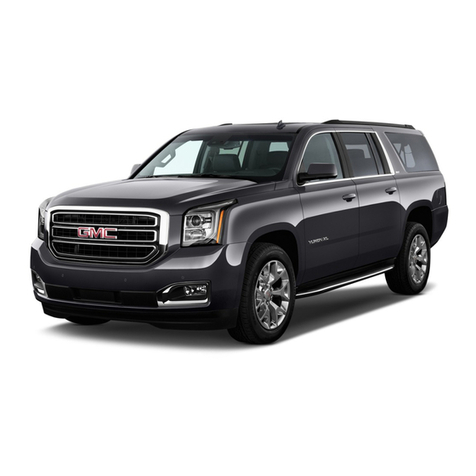
GMC
GMC 2016 Yukon XL Denali Assembly instructions

GMC
GMC 2018 CANYON User manual

GMC
GMC 1995 Sonoma User manual
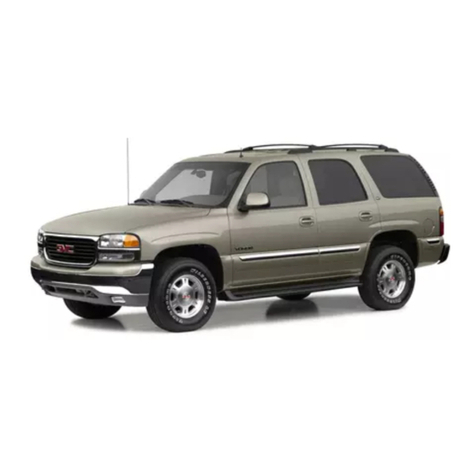
GMC
GMC 2002 Yukon XL Use and care manual

GMC
GMC SIERRA - BROCHURE 2011 User manual
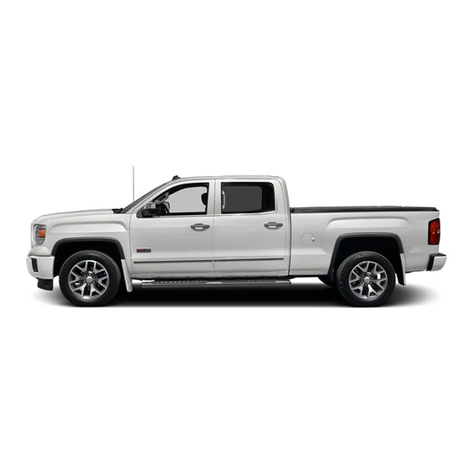
GMC
GMC Sierra Denali 2014 User manual
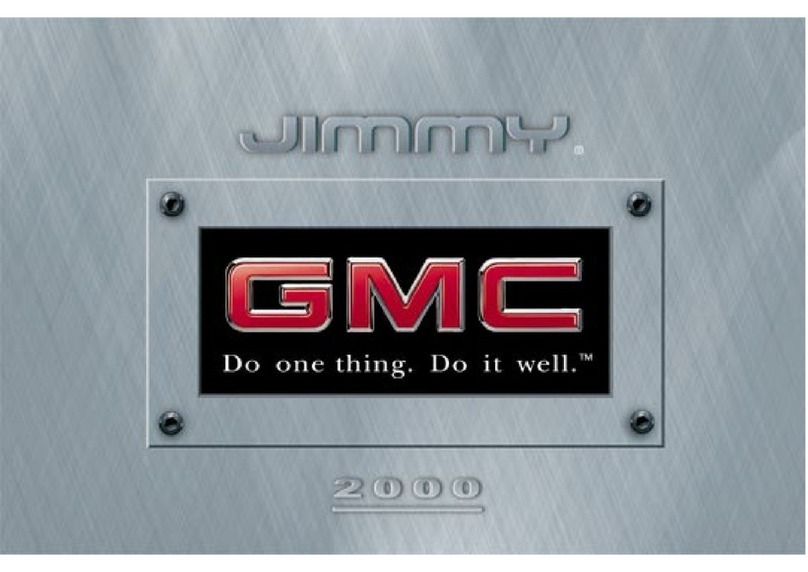
GMC
GMC 2000 Jimmy User manual

GMC
GMC Silverado 2022 User manual

GMC
GMC 2013 Terrain User manual

GMC
GMC 2006 Sierra 1500 Pickup User manual

GMC
GMC Chevrolet Silverado 2500HD 2021 User manual


















